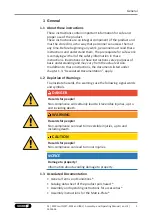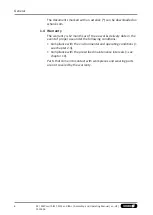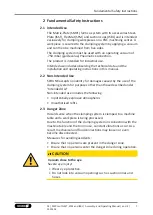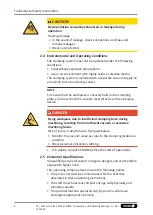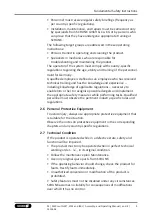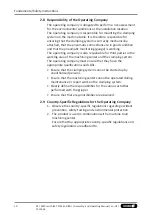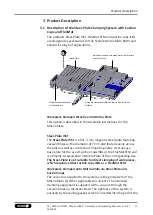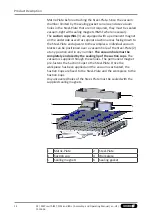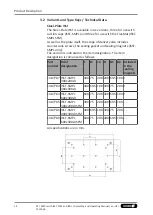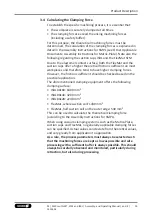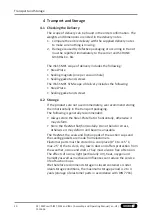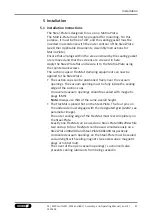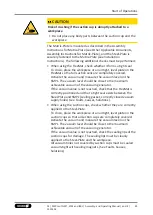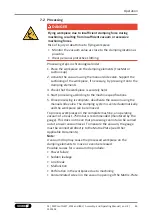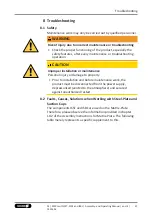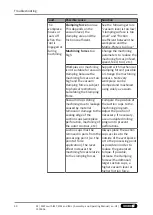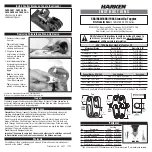
Product Description
3.4 Calculating the Clamping Force
To establish the specific machining process, it is essential that:
• The workpiece is securely clamped at all times.
• The clamping forces exceed the arising machining forces
(including a safety buffer).
For this purpose, the theoretical machining forces must be
determined. The calculation of the clamping forces is explained in
detail in the Assembly Instructions for SMPL (see Other Applicable
Documents: Assembly Instructions for Matrix-Plate). Note also the
following regarding the suction cups ISBL and the FlexMat SFM.
Due to the elastomer contact surface, both the FlexMat and the
suction cups offer a higher theoretical friction coefficient on most
workpieces and therefore tend to have higher clamping forces.
However, the friction coefficient should be checked based on the
practical application.
The aforementioned clamping equipment offers the following
clamping surface:
• ISBL 80x80: 6400 mm²
• ISBL 80x40: 3200 mm²
• ISBL 80x28: 2240 mm²
• FlexMat, whole suction cell: 1430 mm²
• FlexMat, half suction cell on the outer edge: 530 mm²
This can be used to calculate the theoretical clamping force
(according to the Assembly Instructions for SMPL).
When using vacuum clamping systems such as the Matrix-Plate,
suction cups and FlexMat, no generally applicable clamping forces
can be specified. Actual values can deviate from theoretical values,
and vary greatly from application to application.
As a rule, the process parameters must always be selected such
that the machining forces are kept as low as possible and safe
processing with a sufficient buffer is always possible. This should
always be carefully observed and monitored, particularly during
retraction, but also during processing.
19
01 | SMPL with ISST, SFM and ISBL | Assembly- and Operating Manual | en-US |
1512656
Содержание 1487783
Страница 1: ...Translation of the original manual Assembly and Operating Manual SMPL with ISST SFM and ISBL...
Страница 42: ......
Страница 43: ......

